9 Surprising Foods Named After Places
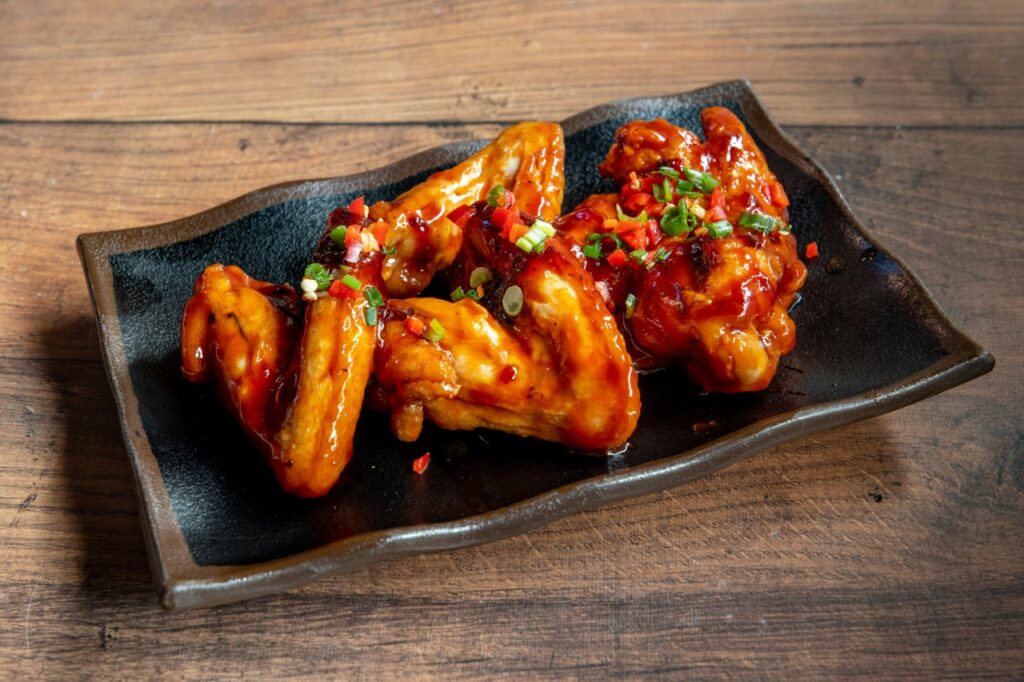
Ever wondered why some of your favorite foods share names with cities or regions scattered across the globe? Every dish we enjoy has a story, and some even carry their birthplace right in their name. From creamy European cheeses and smoky sausages to fiery American wings, these foods trace their roots to the towns and traditions that first brought them to life. Each bite holds a taste of history, culture, and human creativity. Join us as we uncover nine surprising foods forever linked to the places that made them famous.
1. Buffalo Wings – Buffalo, New York
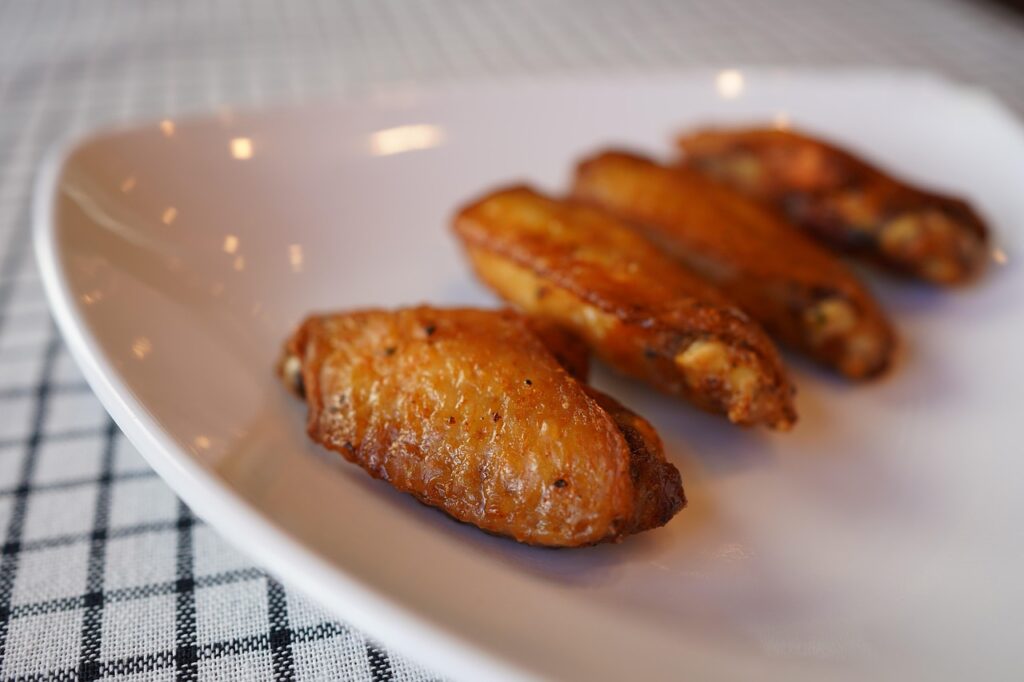
Few people realize that the fiery, finger-licking Buffalo wing was born not in the South, but in upstate New York. In 1964, at the Anchor Bar in Buffalo, Teresa Bellissimo cooked leftover chicken wings then considered scraps, and tossed them in hot sauce and butter. They became an instant hit among late-night patrons. What started as a quick snack has since become a national obsession, inspiring competitions, countless sauce variations, and a cultural identity for the city of Buffalo itself.
2. Brussels Sprouts – Brussels, Belgium
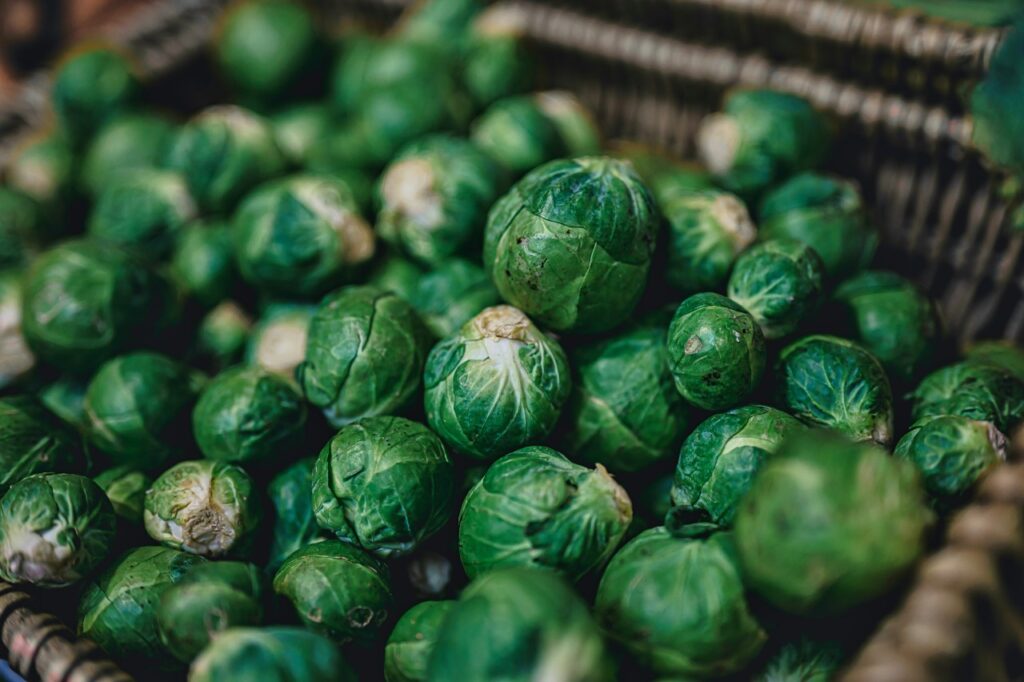
These miniature cabbages trace their roots to the fertile farmlands surrounding Brussels, Belgium, where they were cultivated as early as the 13th century. Farmers discovered that the cool, damp climate produced tight, flavorful buds that thrived in the winter months. Packed with vitamins and fiber, Brussels sprouts were once a staple for European peasants before becoming a global favorite. Today, chefs roast, sauté, and caramelize them to bring out their natural sweetness, rescuing them from their undeserved bad reputation.
3. Frankfurter – Frankfurt, Germany

The humble hot dog’s ancestor, the Frankfurter, originated in Frankfurt, Germany, in the 15th century. Made from finely ground pork, seasoned with garlic and spices, and smoked for added flavor, it became a festival favorite long before it crossed the Atlantic. German immigrants brought the sausage to America in the 1800s, where it evolved into the iconic street food we know today. Though its modern version may be slathered in mustard and relish, the Frankfurter’s heritage remains a proud symbol of German craftsmanship in sausage making.
4. Gouda Cheese – Gouda, Netherlands
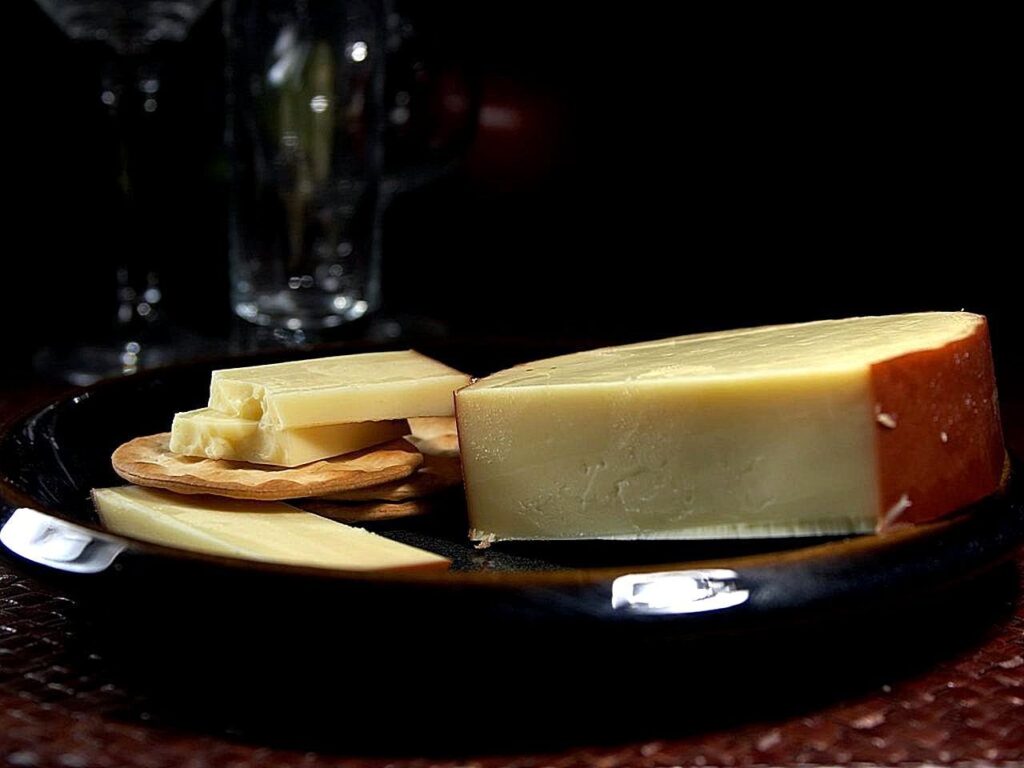
Named after the Dutch city of Gouda, this creamy, golden cheese has been a cornerstone of Dutch dairy culture since the Middle Ages. Although most Gouda is produced in surrounding farms, the city became the central market for its trade. With its nutty flavor and rich aroma, Gouda ages gracefully. Young varieties are smooth and mild, while aged wheels develop sharp, caramel-like notes. Every Thursday in summer, the city still holds traditional cheese markets, celebrating centuries of artisanal skill and heritage.
5. Kobe Beef – Kobe, Japan
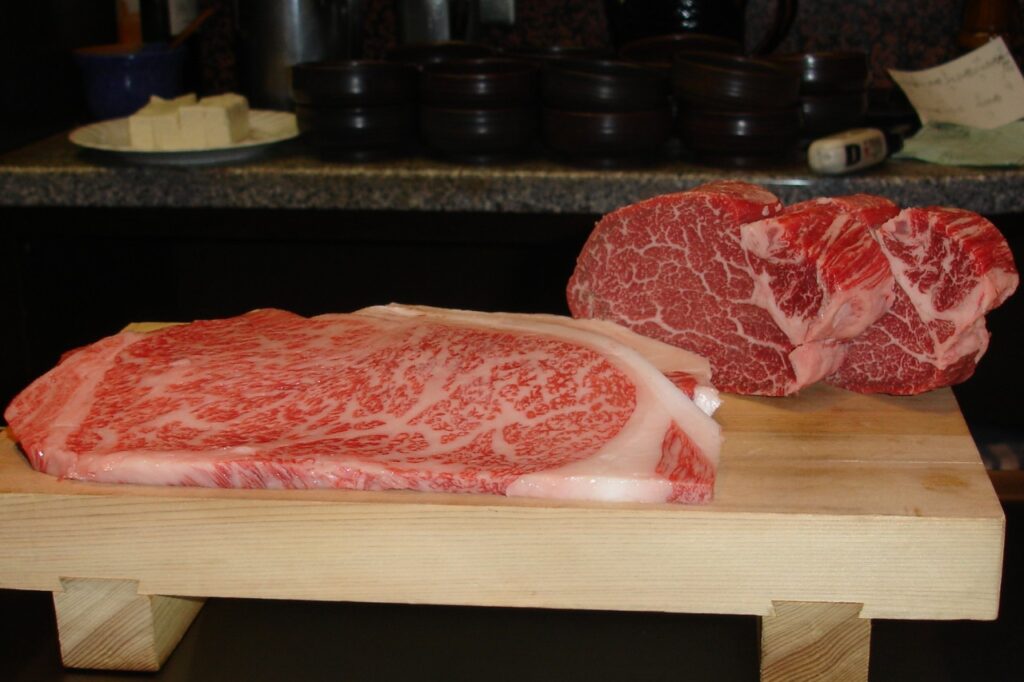
Synonymous with luxury, Kobe beef hails from the Hyogo Prefecture of Japan, where Tajima cattle are raised under strict, traditional conditions. The region’s mild climate and meticulous care often involve massages and high-quality feed, producing meat renowned for its marbling and melt-in-your-mouth texture. Unlike regular beef, Kobe’s rich umami flavor and buttery tenderness make it a delicacy prized worldwide. Despite imitations abroad, only certified beef from this region can truly bear the prestigious Kobe name.
6. Lima Beans – Lima, Peru
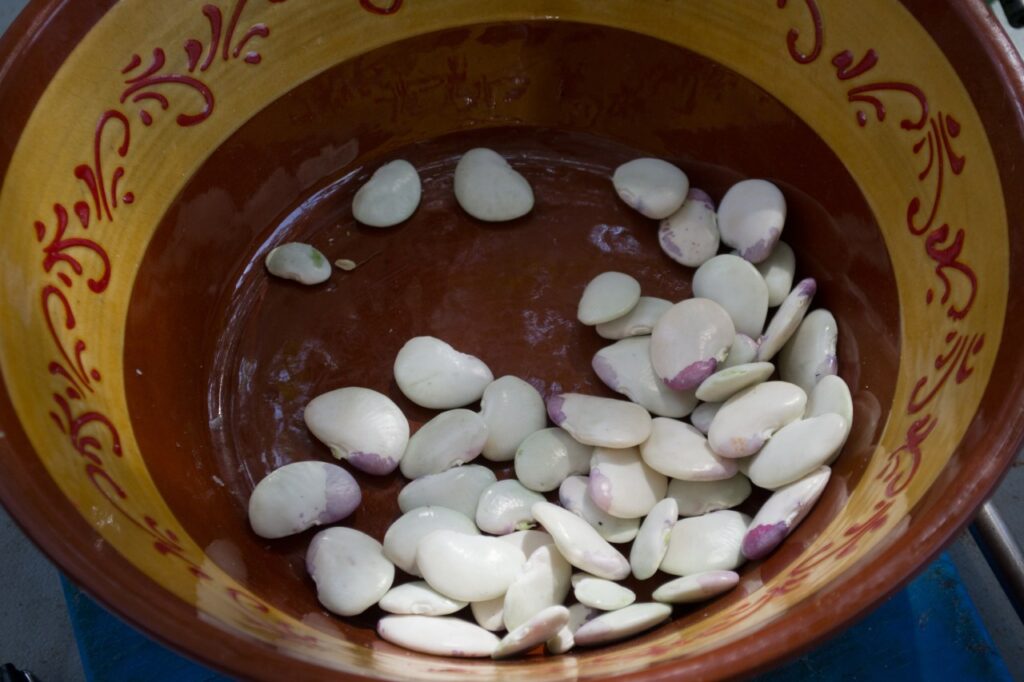
Often overlooked, the humble lima bean carries a rich history rooted in South America. Named after Peru’s capital city, Lima, these beans were cultivated by ancient civilizations thousands of years ago. High in protein and essential nutrients, they sustained the Inca and other Andean cultures long before making their way to Europe and North America through trade. Today, lima beans remain a nutritional powerhouse, proving that the world’s simplest foods can have the most impressive legacies.
7. Bologna (Baloney) – Bologna, Italy

This familiar sandwich staple has noble origins in Bologna, Italy, where mortadella, a finely ground pork sausage flavored with spices and pistachios, has been a delicacy since Roman times. When Italian immigrants brought the recipe to America, it evolved into the smoother, less spiced version known as bologna. While the American variety may differ, both share a common heritage of preserving meat with care and skill. In Bologna, mortadella still reigns supreme, sliced thin and savored for its subtle, aromatic flavor.
8. Cheddar Cheese – Cheddar, England
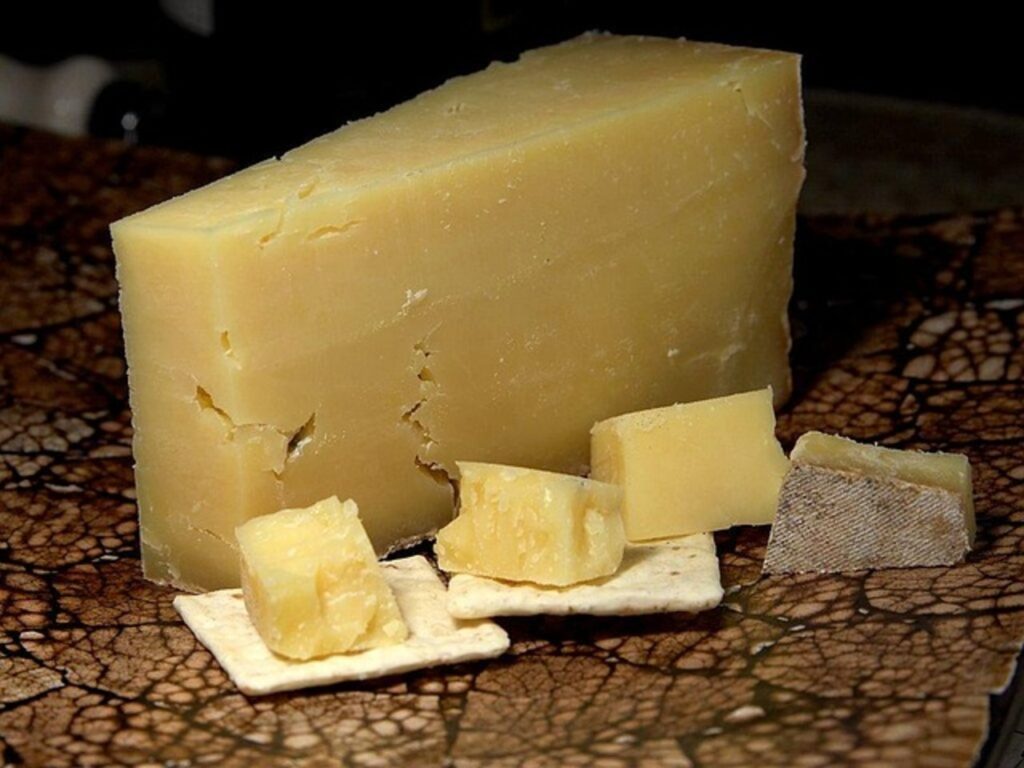
Deep in the lush Somerset countryside lies the village of Cheddar, where this beloved cheese was first made over 800 years ago. The area’s cool, limestone caves provided the perfect conditions for aging the cheese to perfection. Over time, “Cheddar” became a style rather than just a place name, spreading worldwide while retaining its tangy, nutty character. Whether sharp or mild, block or slice, cheddar cheese continues to carry the simple charm and authenticity of its English beginnings.
9. Vienna Sausage – Vienna, Austria

Originating from the Austrian capital of Vienna, these small, lightly smoked sausages were developed by butchers blending German and Austrian techniques. Traditionally made with pork and beef, the Vienna sausage, called Wiener Würstchen in Austria, was served hot with mustard and bread. When exported to America, it took on a canned form, becoming a pantry staple. Though far removed from its elegant origins, it still reflects Vienna’s enduring love affair with finely crafted meats and culinary innovation.





